
Conjunctivitis (Pink Eye)
Did you know there are different types of conjunctivitis, also known as pink eye? Find reliable information on their causes and symptoms and which ones require medical treatment.

Blepharoconjunctivitis occurs when both the lining of the eye (conjunctiva) and the eyelids are inflamed at the same time.
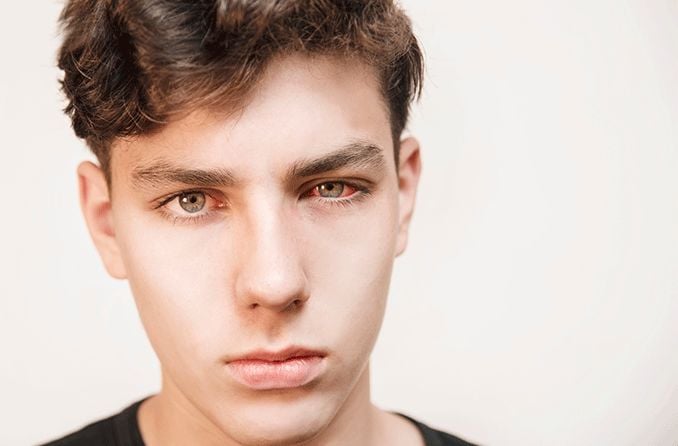
Chlamydia usually occurs in genitals, but it can also affect eyes. This is called chlamydial or inclusion conjunctivitis.
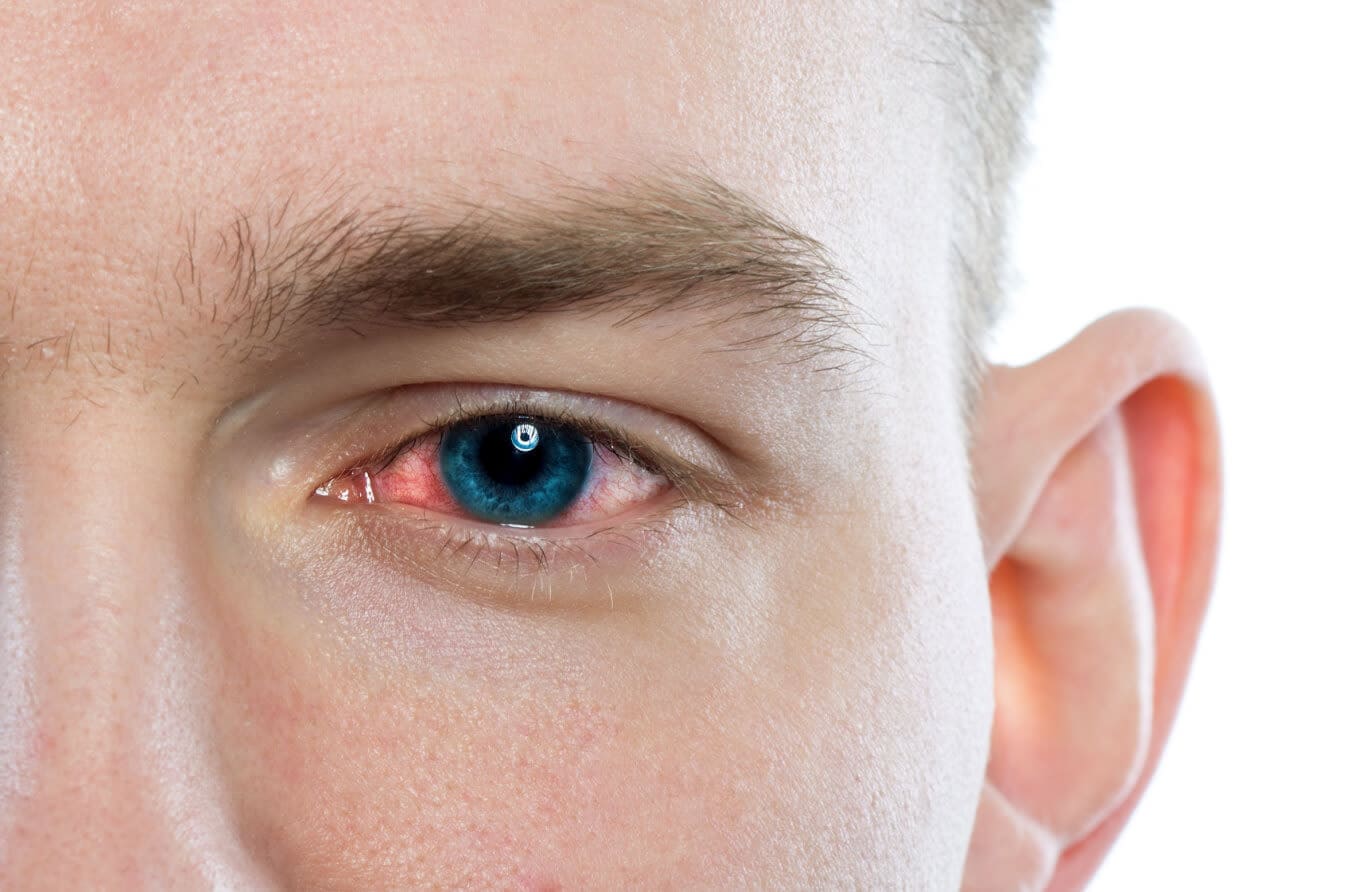
Learn about gonococcal conjunctivitis and its symptoms. Also, learn how gonococcal conjunctivitis is diagnosed and treated.
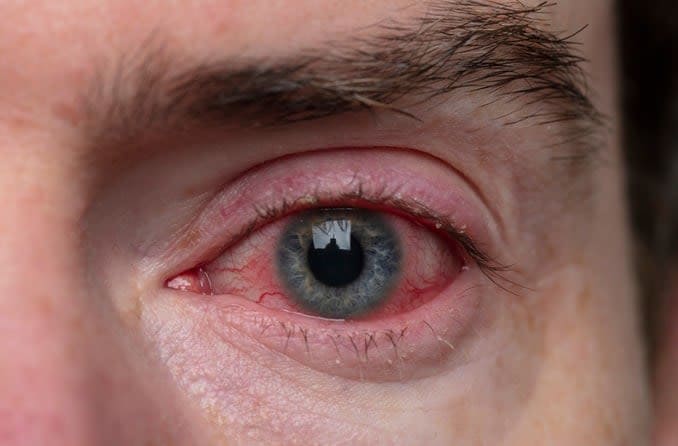
Learn more about the different types of chronic conjunctivitis — pink eye that lasts more than four weeks.
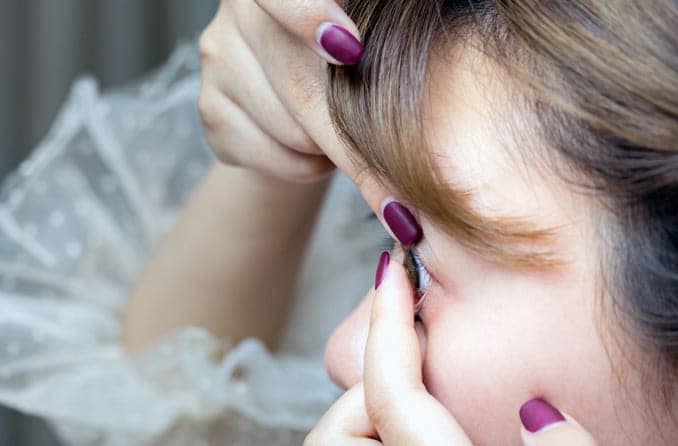
Learn what eye infections can result from wearing contact lenses. Plus, whether you can wear contacts during or after pink eye.
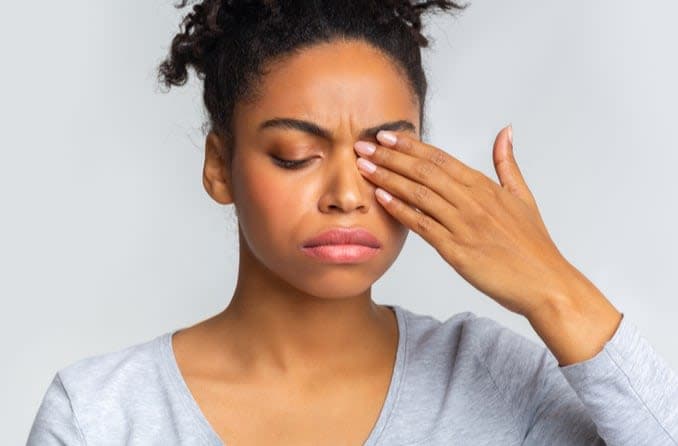
Pink eye (viral conjunctivitis) doesn’t usually cause severe eye pain, but it does cause mild to moderate itching and burning.

Learn more about the potential stages of pink eye, how conjunctivitis progresses and when you can expect to recover.
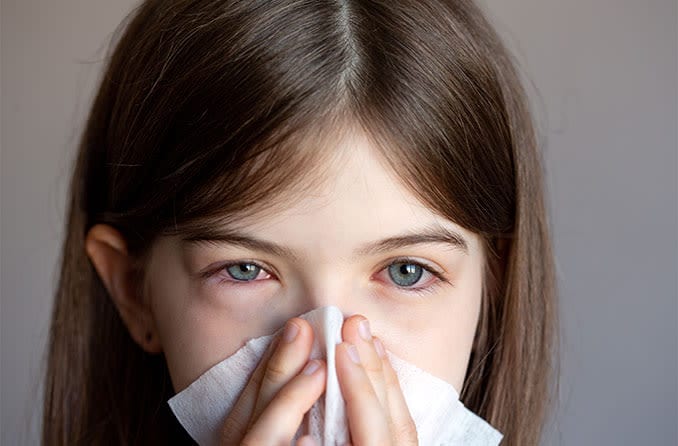
Eye colds are conjunctivitis (pink eye) caused by viruses, such as cold and flu viruses, but not all pink eye is an eye cold.
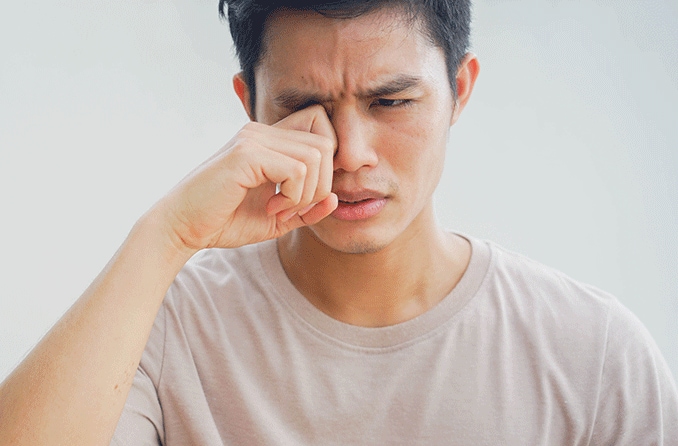
Giant papillary conjunctivitis is due to chronic irritation under the upper eyelid, usually from contact lenses. Learn other causes and symptoms of GPC.
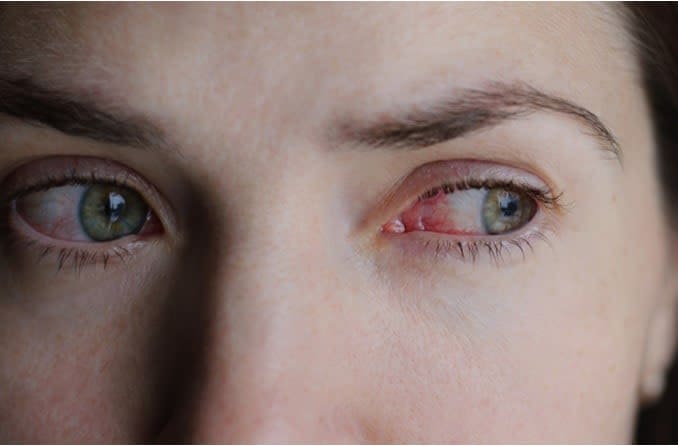
Learn how contagious pink eye and conjunctivitis are spread, how long you are contagious and how long your pink eye symptoms will last.
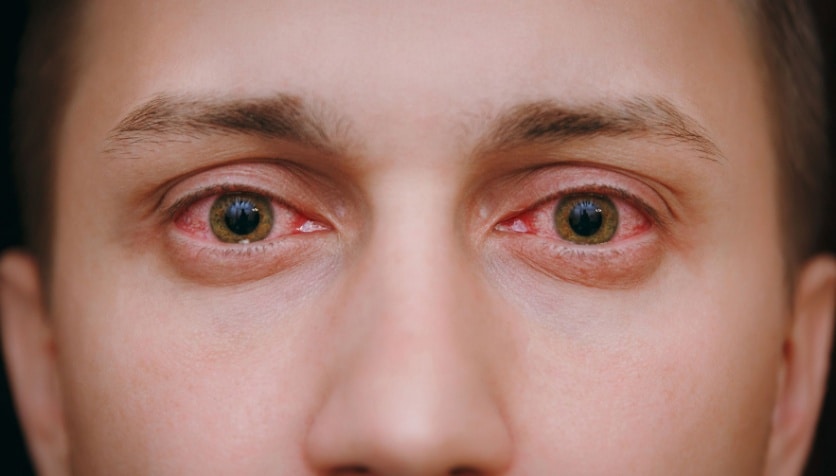
Dr. Burt Dubow clarifies how long pink eye is contagious and when it is safe to send your child back to school or day care.
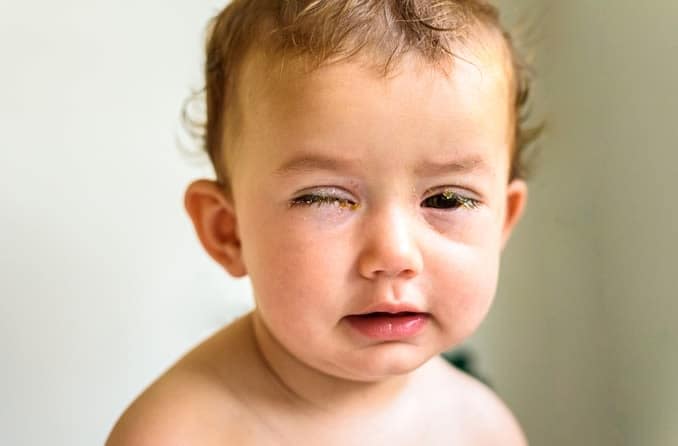
How to know if your baby has an eye infection such as conjunctivitis, and ways to treat the different types of pink eye in babies.
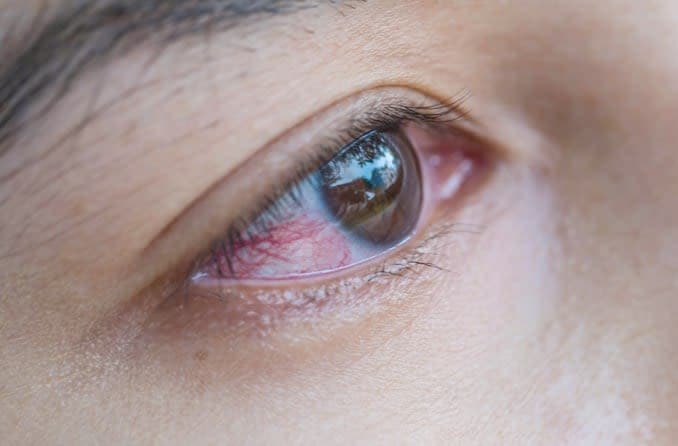
What is pink eye? Is pink eye the same as conjunctivitis? Read about how pink eye spreads, its incubation period and how to get rid of it.
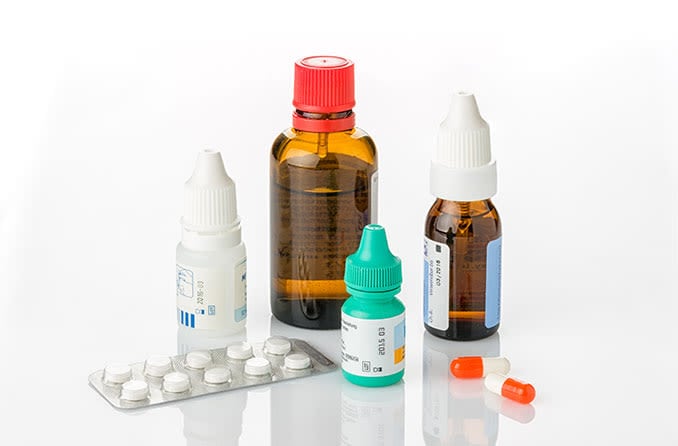
Medicine isn’t always required to treat pink eye; but when it is, it can come in the form of over-the-counter or prescription medication.
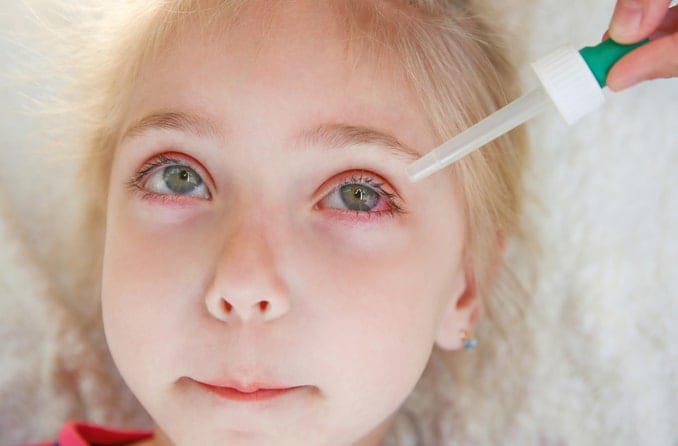
We explain the types of conjunctivitis in children, symptoms to look for, and how to treat pink eye in toddlers and kids.
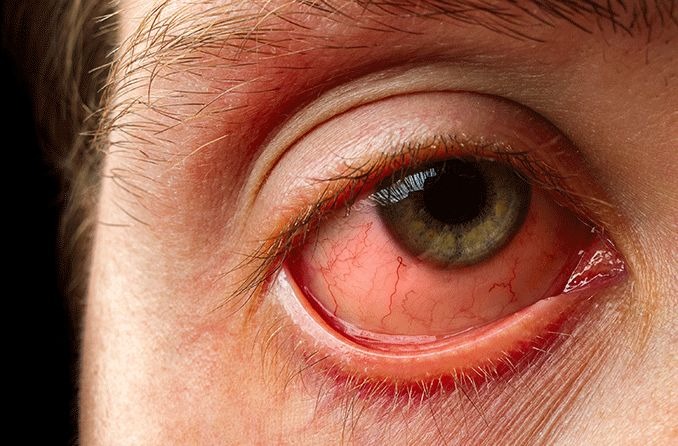
Pink eye symptoms depend on the type of conjunctivitis but can include redness, itching, swelling, eye discharge and crusting of eyelids or lashes.
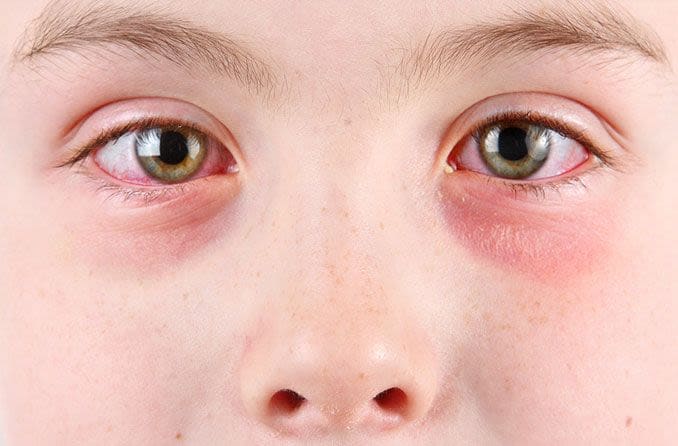
Pink eye treatment depends whether it is the result of a virus, bacteria or allergies. Learn when to seek medical care and how to relieve symptoms at home.
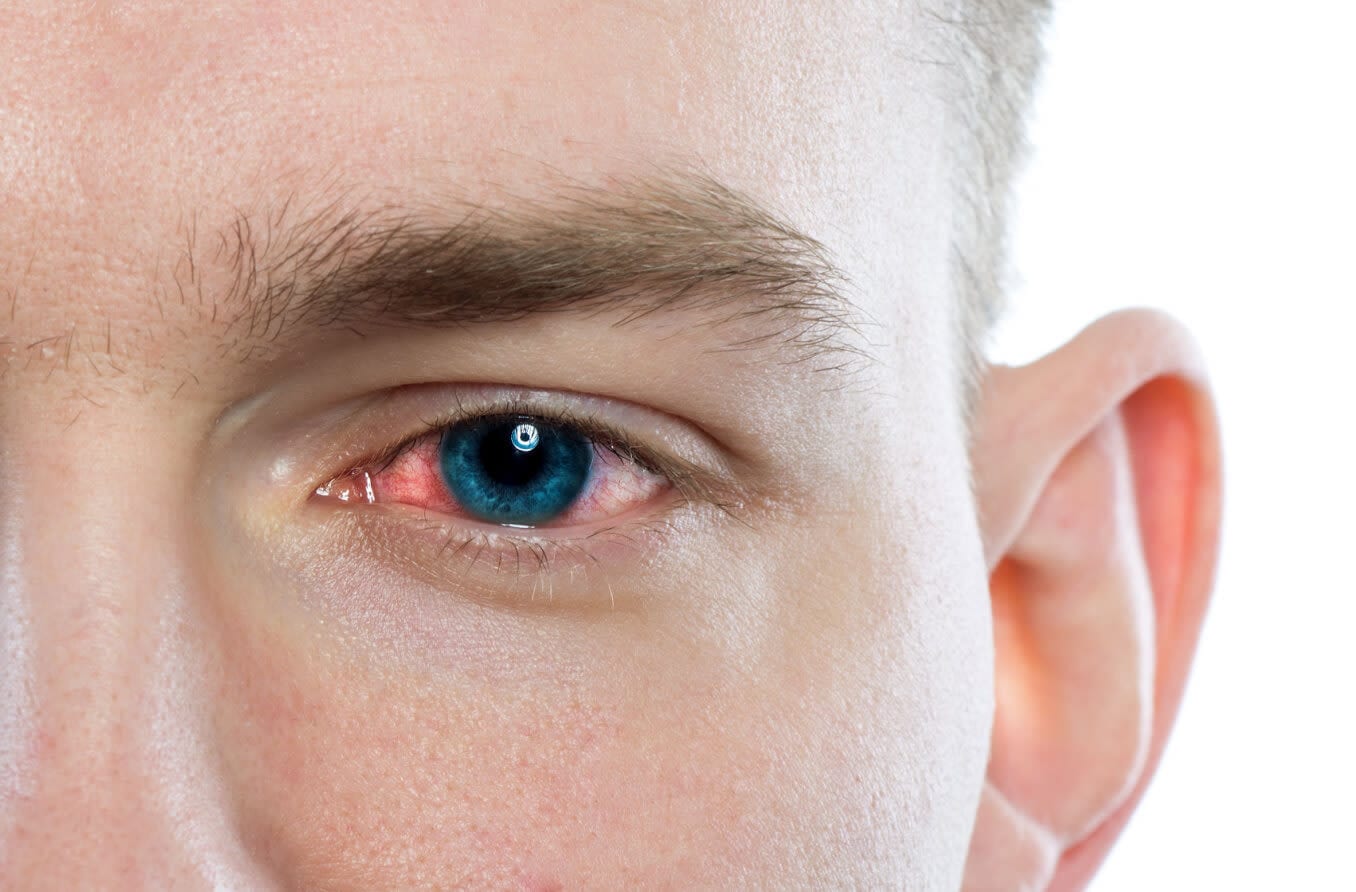
Types of conjunctivitis include infectious pink eye (viral and bacterial), allergic, irritant, toxic and chemical. Learn more about the types and causes.
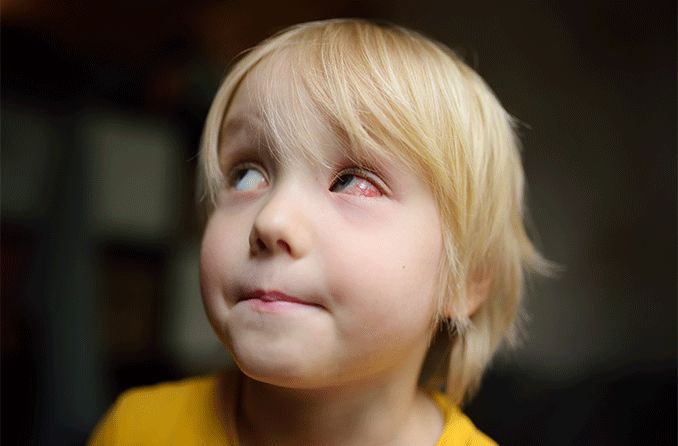
Vernal conjunctivitis is a type of allergic conjunctivitis that can affect children, teens and young adults during the warmer seasons.
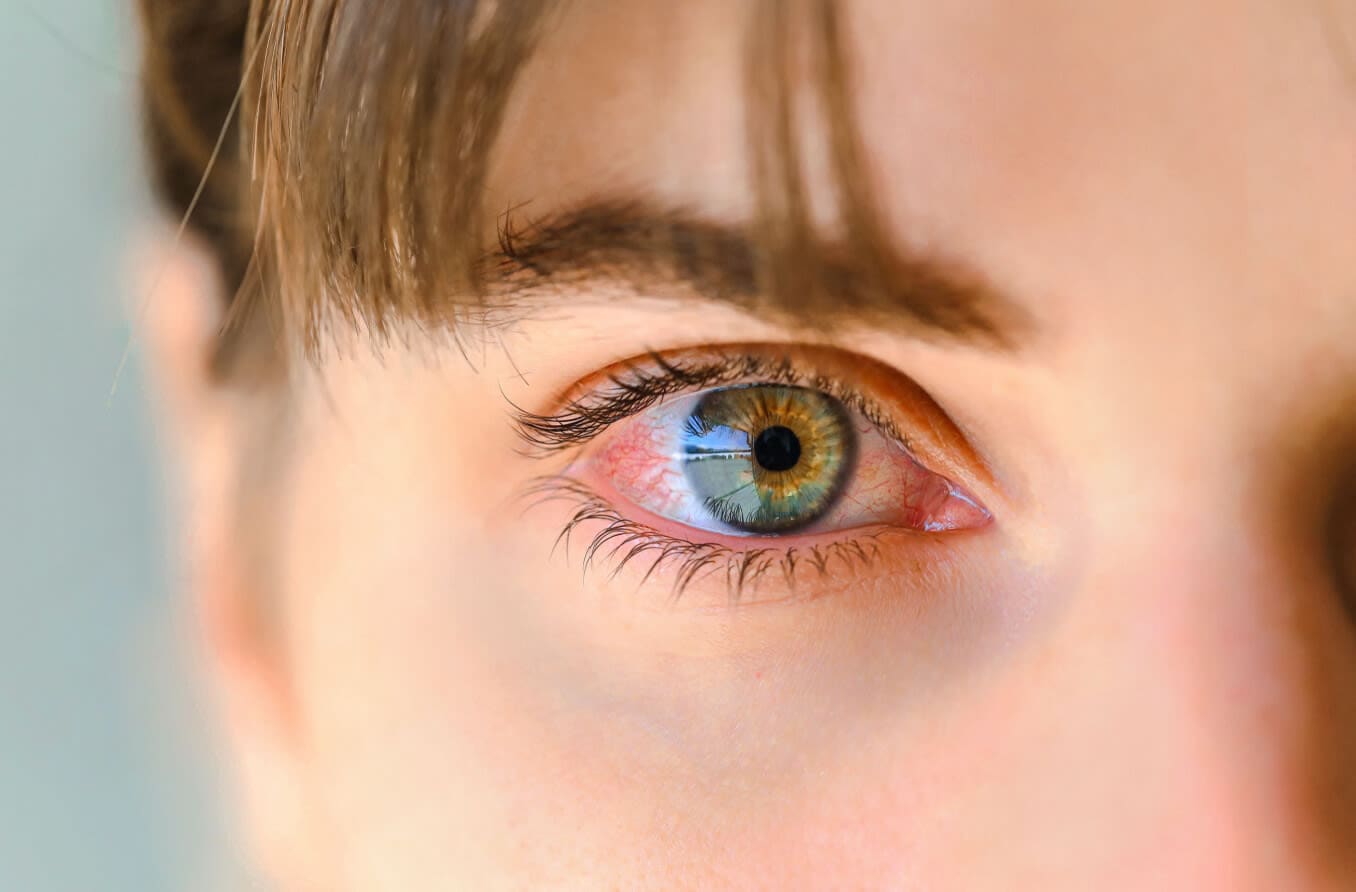
Although pink eye is most often caused by viruses or bacteria, other causes can include allergens, irritants, contact lens use, certain diseases, and more.
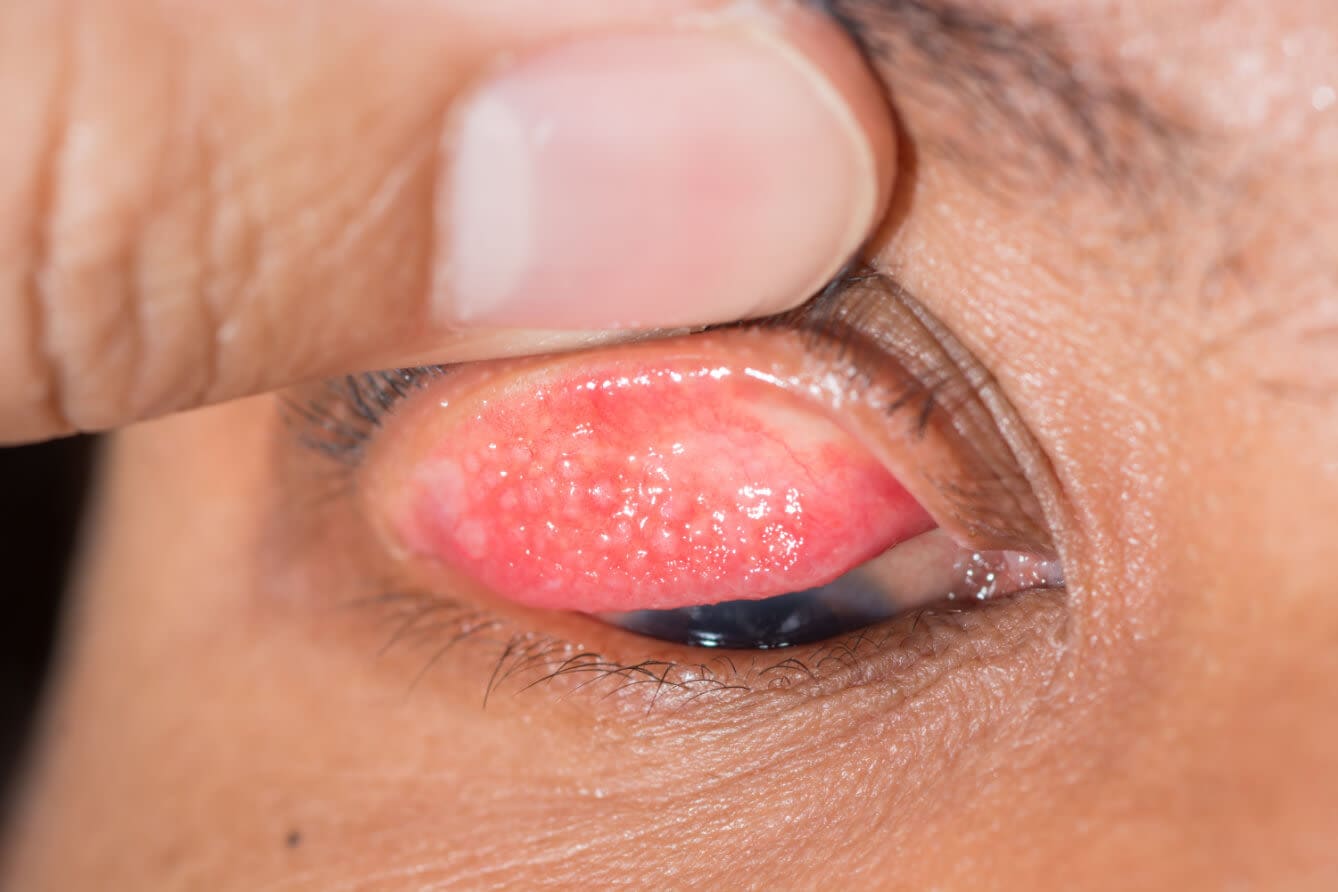
Learn about the underlying causes of follicular conjunctivitis, including signs and symptoms.
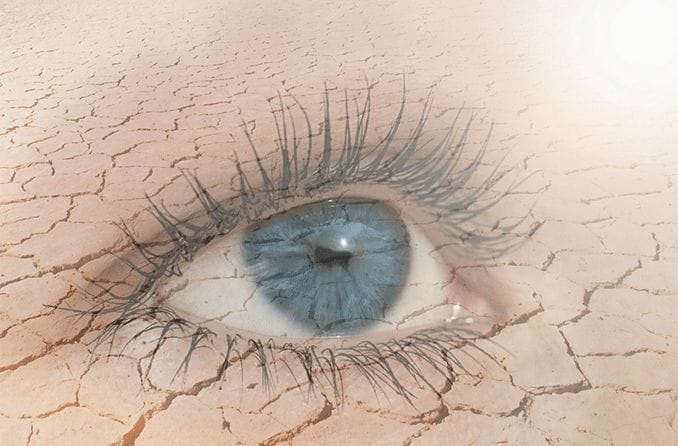
Keratoconjunctivitis is a group of conditions that involve dry eyes, whether caused by an underlying medical condition, viruses, bacteria or other issues.
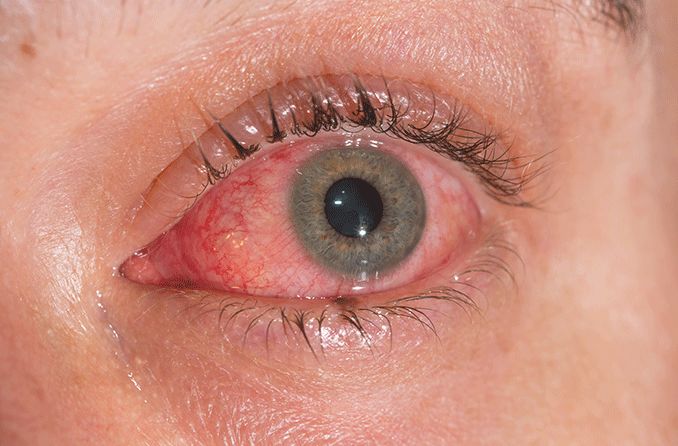
Conjunctivitis, also called pink eye, is an inflammation of the eye caused by bacteria, viruses or allergies that results in itchy, red, irritated eyes.
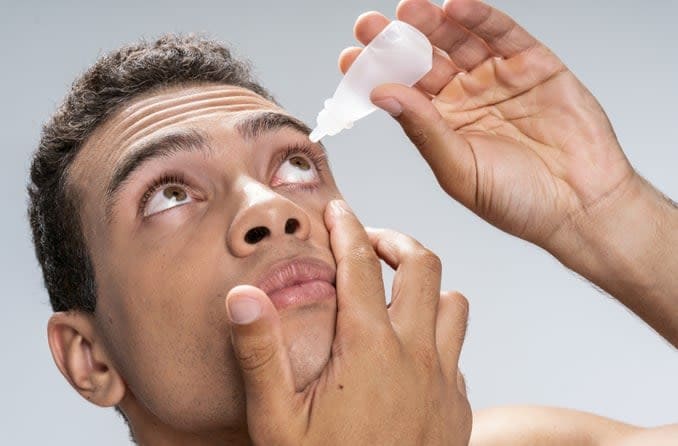
The best eye drops for pink eye may be artificial tears, antihistamine drops or prescription antibiotic or steroid drops, depending on the type of conjunctivitis you have.

Avoid swimming if you have pink eye because you can infect other swimmers, and exposing your eyes to chlorinated or fresh water can make pink eye worse.
All About Vision and AllAboutVision.com are registered trademarks of AAV Media, LLC. © 2000-2025 AAV Media, LLC. The content on this site is for informational purposes only. All About Vision does not provide medical advice, diagnosis or treatment. Contact an eye doctor if you need medical attention.